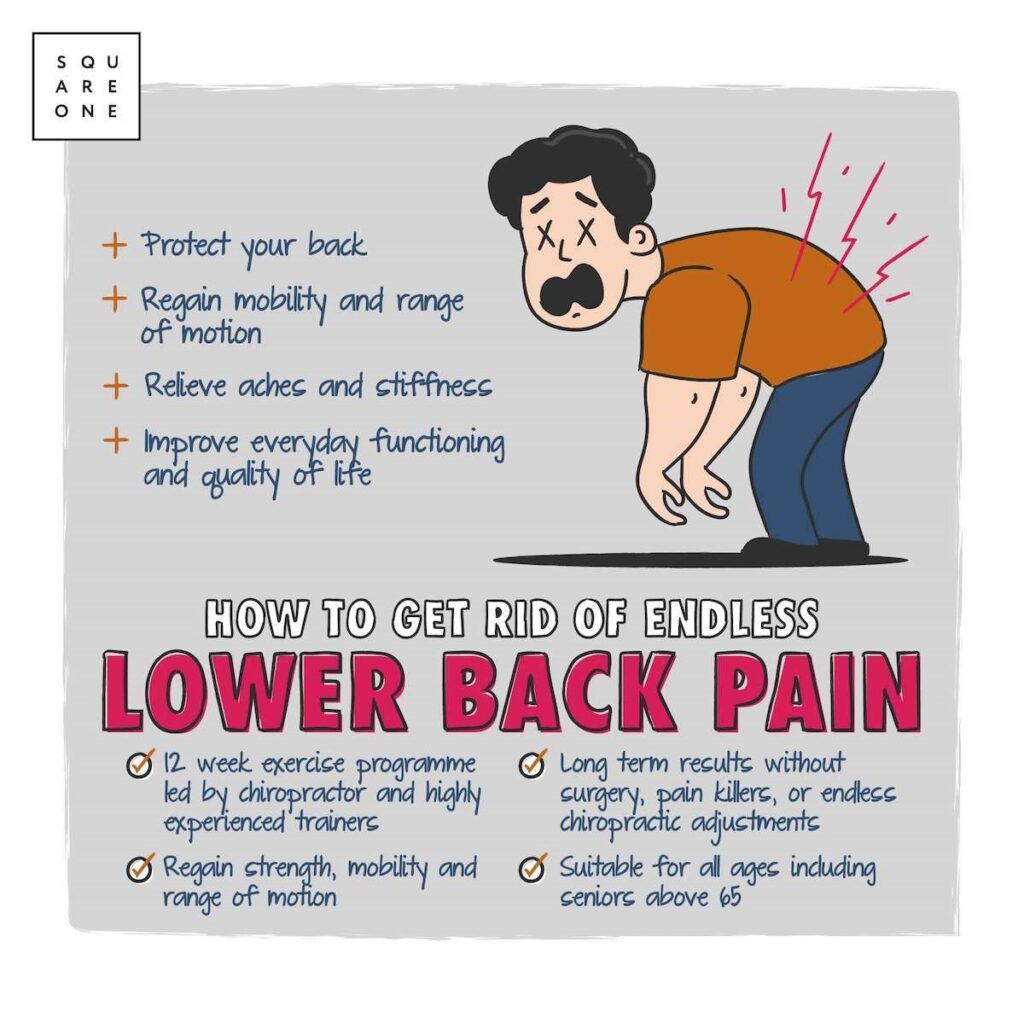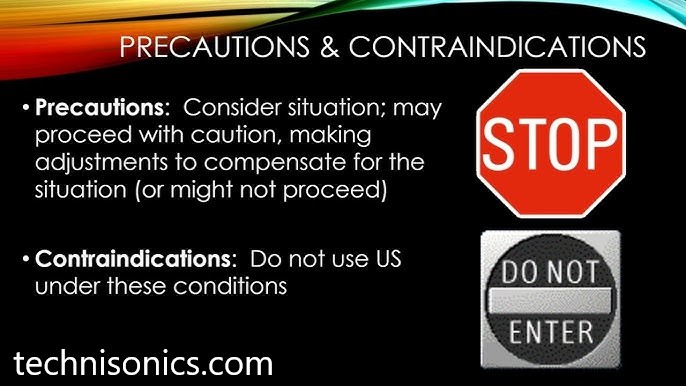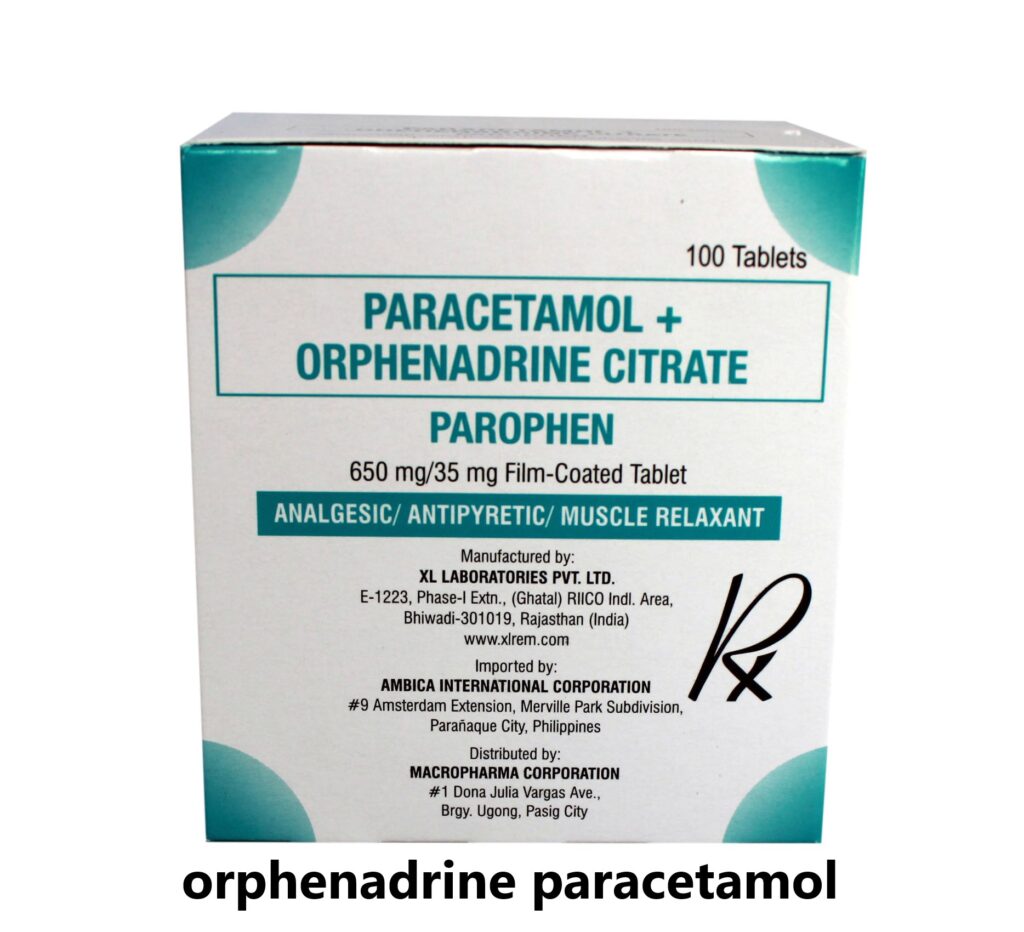Introduction
Orphenadrine Paracetamol is a widely recognized combination of medications used for pain relief, particularly in musculoskeletal conditions. Combining the muscle relaxant effects of orphenadrine with the analgesic properties of paracetamol, this medication offers a dual action approach to alleviate pain and improve mobility. This article explores the key aspects of it, its uses, mechanisms of action, benefits, side effects, and precautions .A combination of paracetamol and orphenadrine is commonly used to treat muscle pain. Orphenadrine is a muscle relaxant and paracetamol is used to relieve pain. How should I take/use this medication? You may take this medication with or without food.
What is Orphenadrine Paracetamol?
Orphenadrine paracetamol is a combination medication designed to address acute pain associated with muscle spasms and soft tissue injuries. By pairing the muscle relaxant capabilities of orphenadrine with the pain-relieving and fever-reducing properties of paracetamol, this drug provides a well-rounded solution for pain management. It is particularly effective in conditions where pain is accompanied by muscle stiffness or spasms.
The Components of Orphenadrine Paracetamol
Orphenadrine
Orphenadrine is a muscle relaxant with anticholinergic properties. It acts on the central nervous system to reduce muscle spasms, alleviate stiffness, and relieve pain. Additionally, it has mild antihistamine effects, contributing to its sedative qualities.
Paracetamol
Paracetamol, also known as acetaminophen, is a widely used analgesic and antipyretic. It reduces pain and fever by inhibiting the production of prostaglandins in the brain, which are chemical messengers responsible for transmitting pain and regulating body temperature.
How Does Orphenadrine Paracetamol Work?
The combination of orphenadrine and paracetamol targets pain through complementary mechanisms:
Orphenadrine’s Action:
Orphenadrine works by blocking certain nerve signals that cause muscle contractions. This reduces muscle spasms and the associated discomfort.
Paracetamol’s Action:
Paracetamol acts centrally in the brain to lower pain perception and reduce fever. It is particularly effective for mild to moderate pain.
When used together, It’s provides enhanced pain relief by addressing both the source of muscle pain and the general sensation of discomfort.
Indications for Orphenadrine Paracetamol

Orphenadrine paracetamol is commonly prescribed for conditions that involve pain and muscle spasms, including:
Acute musculoskeletal pain
Muscle strains or sprains
Tension headaches
Back pain (e.g., lumbago or sciatica)
Pain associated with fibromyalgia
Post-operative pain management
This medication is particularly beneficial for individuals who require short term relief from pain that limits their daily activities.
Benefits of Orphenadrine Paracetamol
Dual-Action Relief: The combination of muscle relaxation and pain reduction addresses multiple pain pathways.
Improved Mobility: By alleviating muscle stiffness and pain, it helps restore movement and flexibility.
Rapid Onset: Both components work quickly to provide relief, often within 30 minutes of administration.
Minimized Dependence on Opioids: For certain types of pain, this combination can reduce the need for stronger painkillers like opioids.
Safe for Short-Term Use: When used as directed, it is generally well tolerated with a low risk of severe side effects.
Dosage and Administration
Typical Dosage
Orphenadrine paracetamol is available in tablet form, with each tablet typically containing 35 mg of orphenadrine and 450 mg of paracetamol. The usual dosage is one to two tablets every eight hours, not exceeding six tablets in 24 hours.
Administration Guidelines
Take with food or milk to minimize stomach irritation.
Avoid consuming alcohol while taking this medication, as it can increase the risk of side effects.
Follow the prescribed dosage to prevent potential overdose or adverse reactions.
Potential Side Effects
While it is effective for pain relief, it may cause side effects in some individuals. These can range from mild to severe, depending on factors like dosage and individual sensitivity.
Common Side Effects
Drowsiness or dizziness
Dry mouth
Nausea or vomiting
Constipation
Serious Side Effects
Allergic reactions, such as rash, itching, or difficulty breathing
Liver damage due to excessive paracetamol intake
Confusion or hallucinations from orphenadrine’s anticholinergic effects
Heart palpitations
If you experience any severe or persistent side effects, discontinue the medication and consult a healthcare professional immediately.
Precautions and Contraindications

Orphenadrine paracetamol is unsuitable for liver/kidney issues, glaucoma, prostate problems, or allergies. Avoid combining it with alcohol or sedatives. Consult a doctor if pregnant or breastfeeding. Be cautious with other medications like blood thinners or anticholinergic drugs. Always follow prescribed dosages to avoid side effects or complications and ensure safe, effective use.
Who Should Avoid Orphenadrine Paracetamol?
This medication is not suitable for everyone. Individuals with the following conditions should use caution or avoid it altogether:
Liver or Kidney Disease: Paracetamol can exacerbate organ damage.
Glaucoma: Orphenadrine’s anticholinergic effects can increase eye pressure.
Enlarged Prostate: Orphenadrine may worsen urinary retention.
Allergic Reactions: Avoid if you are allergic to orphenadrine, paracetamol, or any inactive ingredients in the formulation.
Interactions with Other Medications
Orphenadrine paracetamol may interact with:
Sedatives or alcohol, increasing drowsiness
Anticholinergic drugs, amplifying side effects like dry mouth or confusion
Blood thinners, as paracetamol can affect coagulation
Overdose and Management
Overdosing on orphenadrine paracetamol can cause nausea, vomiting, confusion, seizures, or liver damage in severe cases. Early signs include abdominal pain and drowsiness. Seek immediate medical help if an overdose is suspected. Treatment may involve activated charcoal to limit absorption or N acetylcysteine to counteract paracetamol toxicity. Timely intervention is crucial to prevent complications, especially liver failure. Always follow the prescribed dosage to avoid overdose risks.
Signs of Overdose
Overdosing on orphenadrine paracetamol can lead to serious complications, including:
Nausea and vomiting
Confusion or hallucinations
Seizures
Liver failure in severe cases
What to Do in Case of Overdose
If you suspect an overdose, seek immediate medical attention. Activated charcoal may be used to reduce drug absorption, and specific treatments like N-acetylcysteine can counteract paracetamol toxicity.
Comparing Orphenadrine Paracetamol to Other Pain Relievers
Advantages Over NSAIDs
Less Gastrointestinal Irritation: Unlike NSAIDs, orphenadrine paracetamol is less likely to cause stomach ulcers or bleeding.
No Impact on Blood Pressure: NSAIDs can increase blood pressure, while orphenadrine paracetamol does not.
Alternatives
For individuals who cannot take orphenadrine paracetamol, other options include:
NSAIDs like ibuprofen or naproxen for inflammation-related pain
Other muscle relaxants like cyclobenzaprine or baclofen
Non-pharmacological therapies such as physical therapy, heat application, or massage
Frequently Asked Questions About Orphenadrine Paracetamol
How Quickly Does Orphenadrine Paracetamol Work?
Most people experience relief within 30 minutes to 1 hour after taking the medication.
Can I Use Orphenadrine Paracetamol Long Term?
It is generally prescribed for short-term use. Long-term use should only be under the guidance of a healthcare provider.
Is It Safe During Pregnancy?
The safety of orphenadrine paracetamol during pregnancy has not been fully established. Consult your doctor before use.
Conclusion
Orphenadrine paracetamol is a powerful and effective medication for managing acute pain and muscle spasms. By combining the muscle relaxant properties of orphenadrine with the pain-relieving and fever-reducing effects of paracetamol, it provides a dual-action approach that is both efficient and convenient. However, like any medication, it should be used responsibly, with attention to dosage, potential side effects, and contraindications.

